Sir John Lavery RA RSA RHA (1856-1941)
Signature: signed lower right; signed again and titled on reverse; also with artist's [5 Cromwell Place, London] address inscribed on reverse
Medium: oil on canvas
Size: 21 x 18in. (53.34 x 45.72cm) Provenance: Oriel Gallery, Dublin,1987; Private collection; Christie's & Hamilton Osborne King, 28 June 1995, lot 162; Private collection Exhibited: 'John Lavery RSA, RHA', The Goupil Gallery, London, 1908, catalogue no. 19 When scanning the territory with binoculars, tents were powerful signifiers in North Africa at the turn of the twentieth century. Wandering warlike Anjera and Taureg tribesmen in desert regions, favoured long low tents no more than five feet high, th...Read more When scanning the territory with binoculars, tents were powerful signifiers in North Africa at the turn of the twentieth century. Wandering warlike Anjera and Taureg tribesmen in desert regions, favoured long low tents no more than five feet high, that would not topple during sand storms, while the standard, imported French or British 'Sibley' bell tents used by Kaid Maclean, and pictured by Lavery in the present work, immediately signalled the arrival of a military force. (1) At the time it was painted therefore, Kaid Maclean's Camp would have been famous for the commander's widely reported exploits. Son of an Army doctor, General Sir Harry Aubrey de Vere 'Kaid' Maclean KCMG (1848-1920), had begun his career in the 69th Regiment of Foot in 1869 and seen service in Canada before being stationed in Gibraltar in 1873. Three years later he resigned from the British Army to take up the post of training officer in the Sultan of Morocco's army. He quickly learned Arabic, although his Scottish accent caused great amusement among the troops. Within a short time he was promoted to command the royal guard of 400 soldiers who accompanied the Sultan on his peregrinations between the three Moroccan capital cities of Marrakech, Rabat and Fez. It is probably one of these expeditions that is represented in the present work and it sits alongside other smaller 'Moorish camp' pictures that Lavery showed in his Goupil Gallery exhibition in June 1908. The landscape, the wet day, with runnels of rain water coursing down the path in the foreground, suggest that this bivouac is more likely to have been painted closer to Tangier than Fez. During his winter trip to the 'White City' in 1906-7, The Times Tangier correspondent, Walter Harris, had introduced the painter to the much admired Sultan's military advisor, the man who, according to Lavery, reputedly 'charmed' the Moroccan court with the 'skirl of his bagpipes'. (2) The introduction occurred when, with Harris and RB Cunninghame Graham, Lavery rode via Tetuan, to Fez, a journey of some 150 miles. (3) On this occasion, not only did the painter produce a kit-kat portrait of the Kaid (unlocated), but he executed a large ceremonial full-length of the Scots general which now hangs in the El Minzah Hotel, Tangier. Lavery would by 1906, have been well-aware of Maclean's exploits. As commander, courtier and diplomat he was constantly on the move. In 1892 he quelled the Anjera rebellion, an action that the artist and 'Bibi' Carleton may have witnessed. (4) Two years later in the face of plotting viziers, Maclean master-minded the succession of the Sultan's favourite son, Abd-el-Aziz. Yet despite his loyalty to the ruling family, the imposing Scot acted as an unofficial agent for the British and this was recognized in the coronation honours of Edward VII. However his power was waning, and in 1907, within a short time of Lavery's return to London, Maclean was taken hostage by the notorious, El Raisuli. He was held for seven months during which there were lengthy negotiations for his release and the brigand successfully secured British citizenship (ie protection from the Sultan's revenge) and the fiefdom of Tangier for himself. Maclean then retired to Richmond, although he retained a house in Morocco for winter holidays. He died there in January 1920. His funeral cortège, during which his body was carried in state on a gun-carriage through the streets of the city, was also painted by Lavery. (5) By
Sir John Lavery RA RSA RHA (1856-1941)
Signature: signed lower right; signed again and titled on reverse; also with artist's [5 Cromwell Place, London] address inscribed on reverse
Medium: oil on canvas
Size: 21 x 18in. (53.34 x 45.72cm) Provenance: Oriel Gallery, Dublin,1987; Private collection; Christie's & Hamilton Osborne King, 28 June 1995, lot 162; Private collection Exhibited: 'John Lavery RSA, RHA', The Goupil Gallery, London, 1908, catalogue no. 19 When scanning the territory with binoculars, tents were powerful signifiers in North Africa at the turn of the twentieth century. Wandering warlike Anjera and Taureg tribesmen in desert regions, favoured long low tents no more than five feet high, th...Read more When scanning the territory with binoculars, tents were powerful signifiers in North Africa at the turn of the twentieth century. Wandering warlike Anjera and Taureg tribesmen in desert regions, favoured long low tents no more than five feet high, that would not topple during sand storms, while the standard, imported French or British 'Sibley' bell tents used by Kaid Maclean, and pictured by Lavery in the present work, immediately signalled the arrival of a military force. (1) At the time it was painted therefore, Kaid Maclean's Camp would have been famous for the commander's widely reported exploits. Son of an Army doctor, General Sir Harry Aubrey de Vere 'Kaid' Maclean KCMG (1848-1920), had begun his career in the 69th Regiment of Foot in 1869 and seen service in Canada before being stationed in Gibraltar in 1873. Three years later he resigned from the British Army to take up the post of training officer in the Sultan of Morocco's army. He quickly learned Arabic, although his Scottish accent caused great amusement among the troops. Within a short time he was promoted to command the royal guard of 400 soldiers who accompanied the Sultan on his peregrinations between the three Moroccan capital cities of Marrakech, Rabat and Fez. It is probably one of these expeditions that is represented in the present work and it sits alongside other smaller 'Moorish camp' pictures that Lavery showed in his Goupil Gallery exhibition in June 1908. The landscape, the wet day, with runnels of rain water coursing down the path in the foreground, suggest that this bivouac is more likely to have been painted closer to Tangier than Fez. During his winter trip to the 'White City' in 1906-7, The Times Tangier correspondent, Walter Harris, had introduced the painter to the much admired Sultan's military advisor, the man who, according to Lavery, reputedly 'charmed' the Moroccan court with the 'skirl of his bagpipes'. (2) The introduction occurred when, with Harris and RB Cunninghame Graham, Lavery rode via Tetuan, to Fez, a journey of some 150 miles. (3) On this occasion, not only did the painter produce a kit-kat portrait of the Kaid (unlocated), but he executed a large ceremonial full-length of the Scots general which now hangs in the El Minzah Hotel, Tangier. Lavery would by 1906, have been well-aware of Maclean's exploits. As commander, courtier and diplomat he was constantly on the move. In 1892 he quelled the Anjera rebellion, an action that the artist and 'Bibi' Carleton may have witnessed. (4) Two years later in the face of plotting viziers, Maclean master-minded the succession of the Sultan's favourite son, Abd-el-Aziz. Yet despite his loyalty to the ruling family, the imposing Scot acted as an unofficial agent for the British and this was recognized in the coronation honours of Edward VII. However his power was waning, and in 1907, within a short time of Lavery's return to London, Maclean was taken hostage by the notorious, El Raisuli. He was held for seven months during which there were lengthy negotiations for his release and the brigand successfully secured British citizenship (ie protection from the Sultan's revenge) and the fiefdom of Tangier for himself. Maclean then retired to Richmond, although he retained a house in Morocco for winter holidays. He died there in January 1920. His funeral cortège, during which his body was carried in state on a gun-carriage through the streets of the city, was also painted by Lavery. (5) By
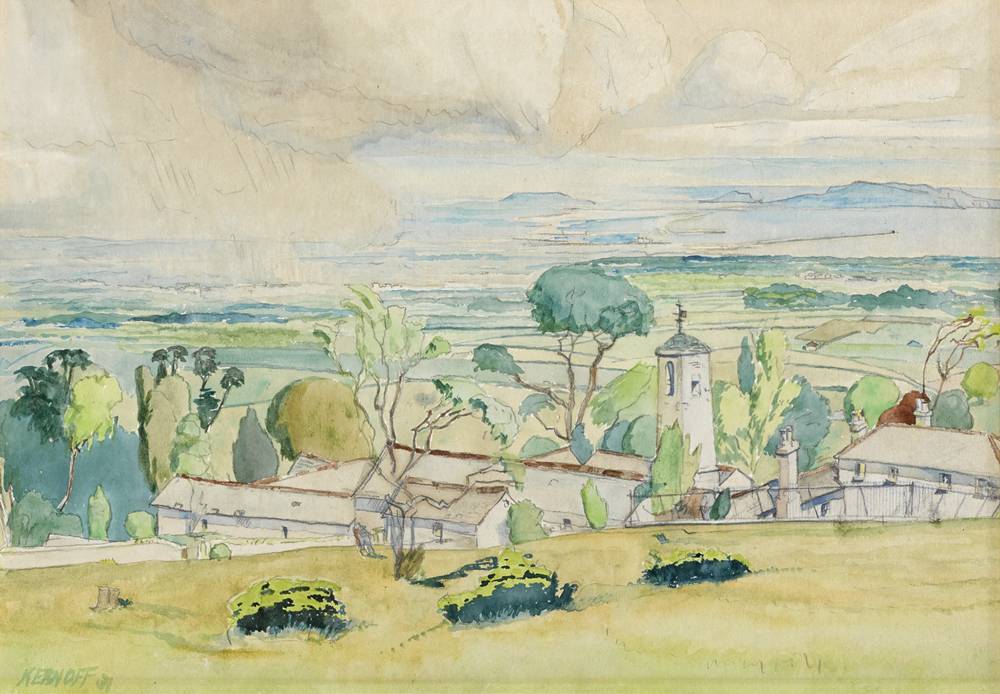
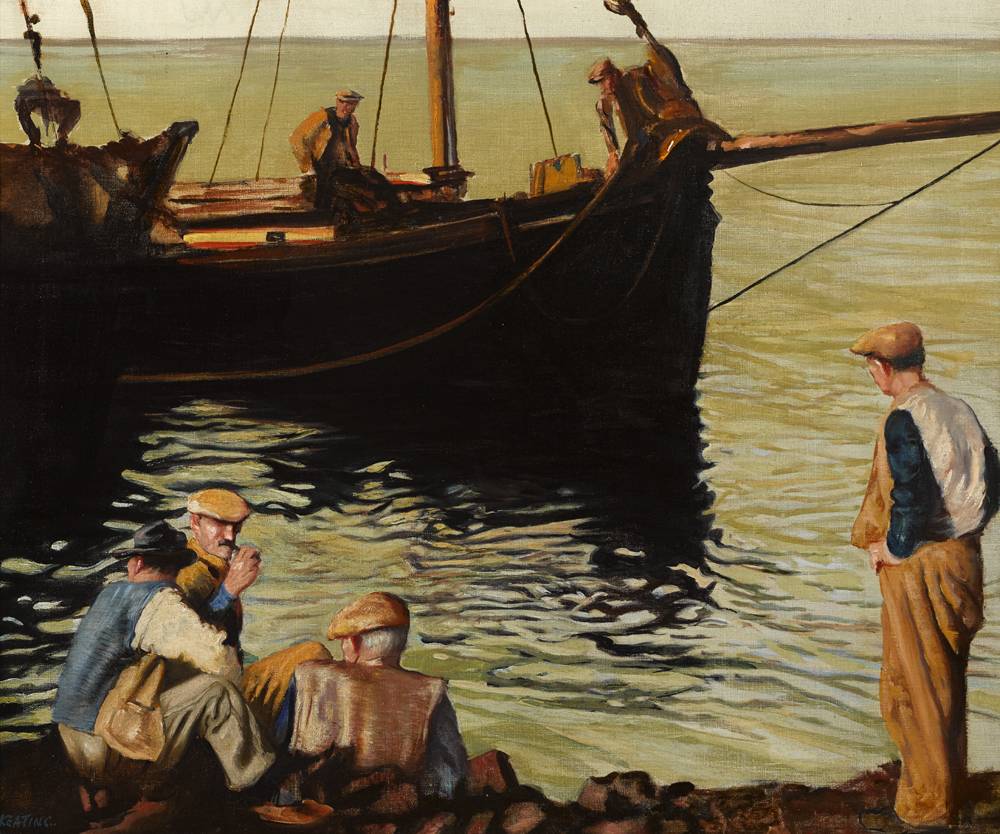
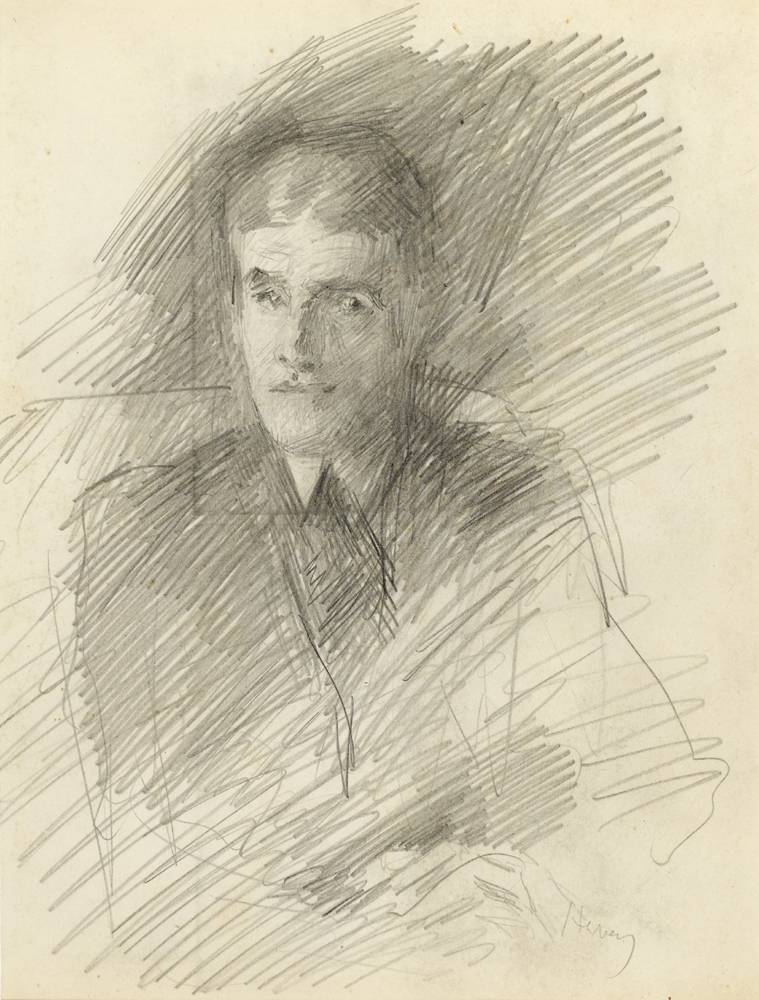
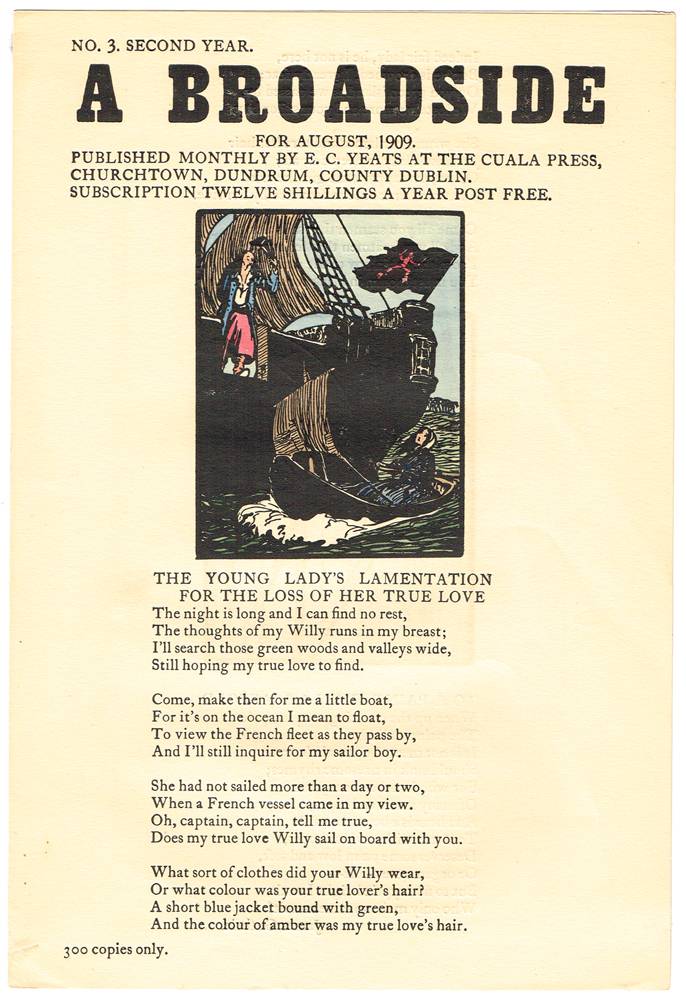
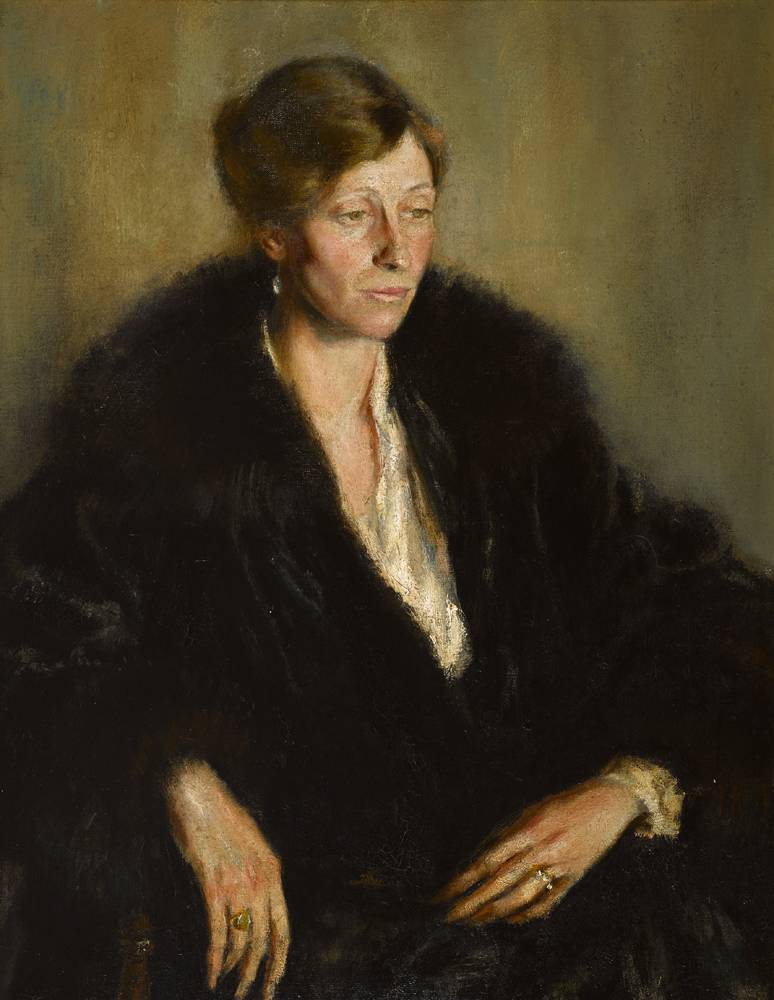
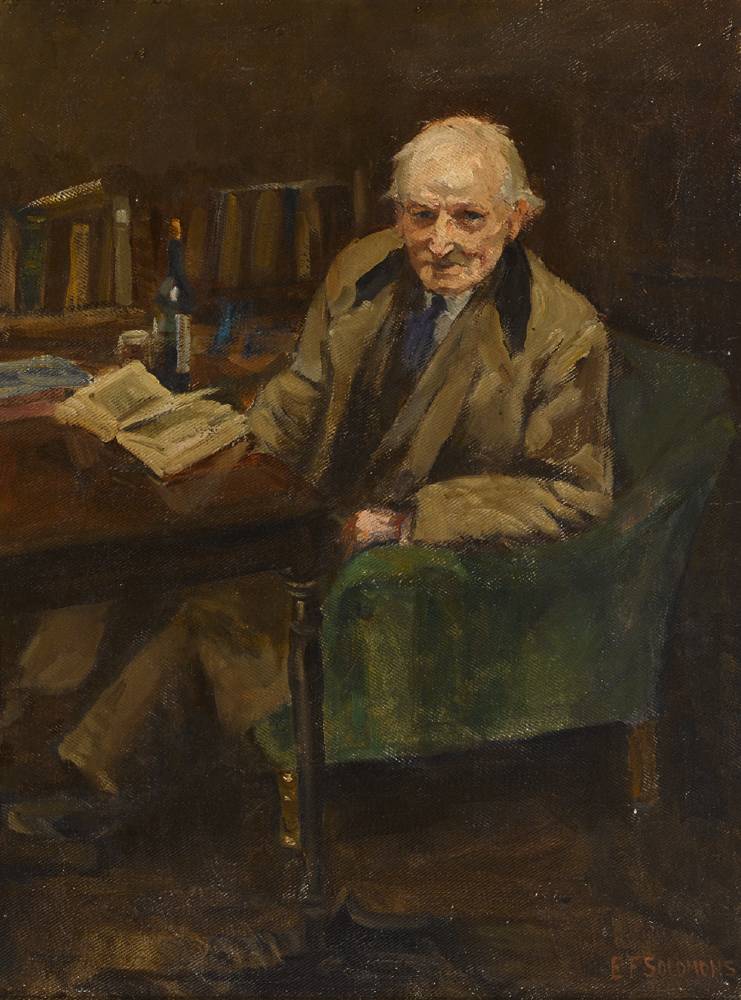
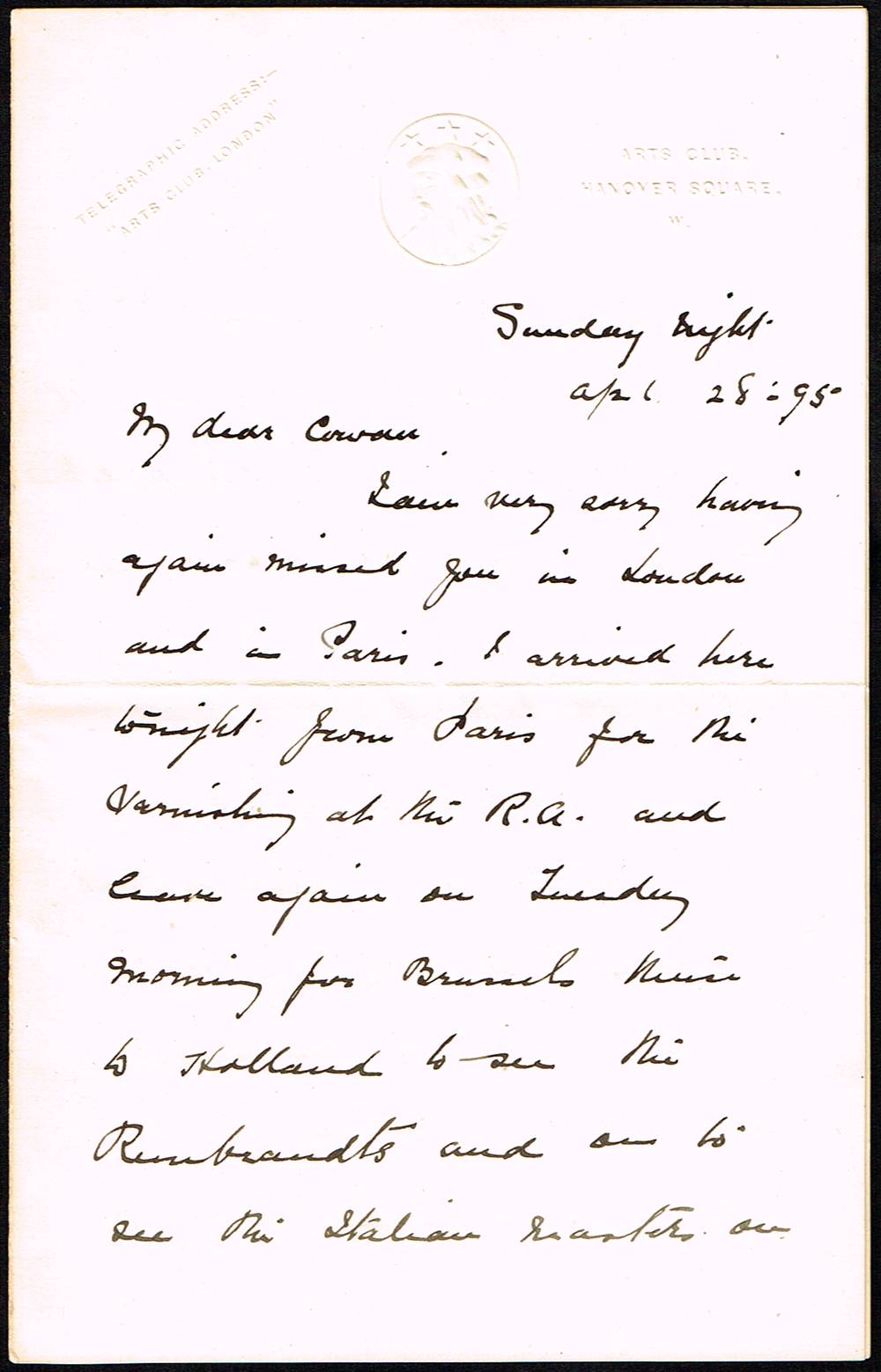
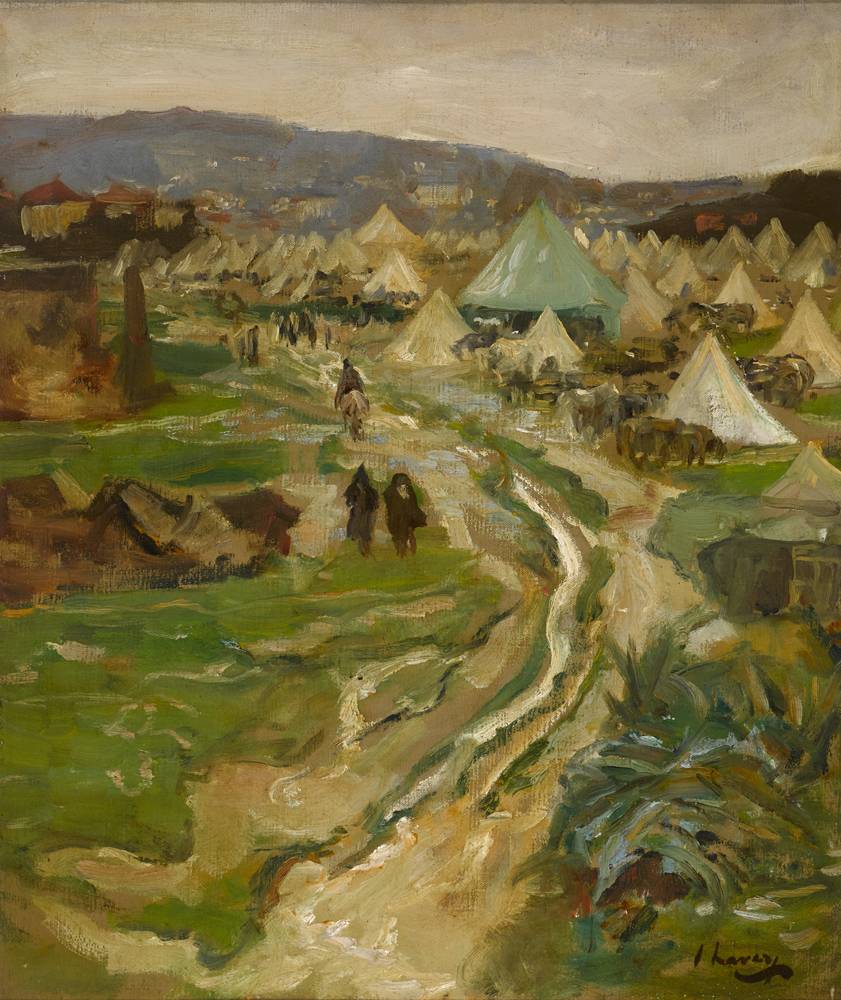
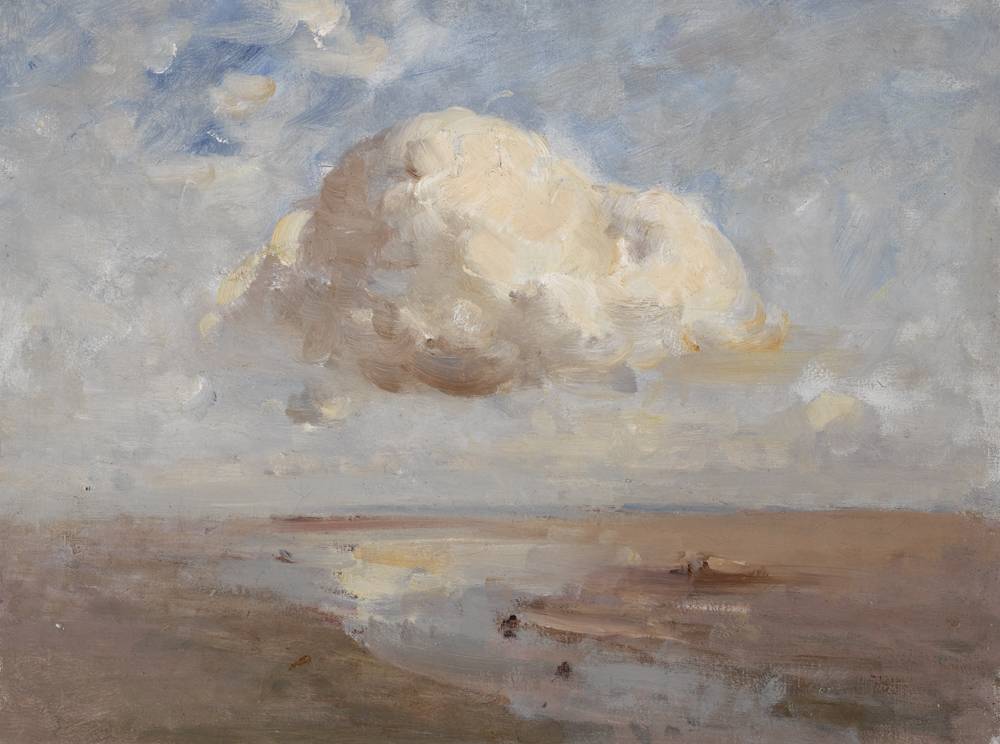


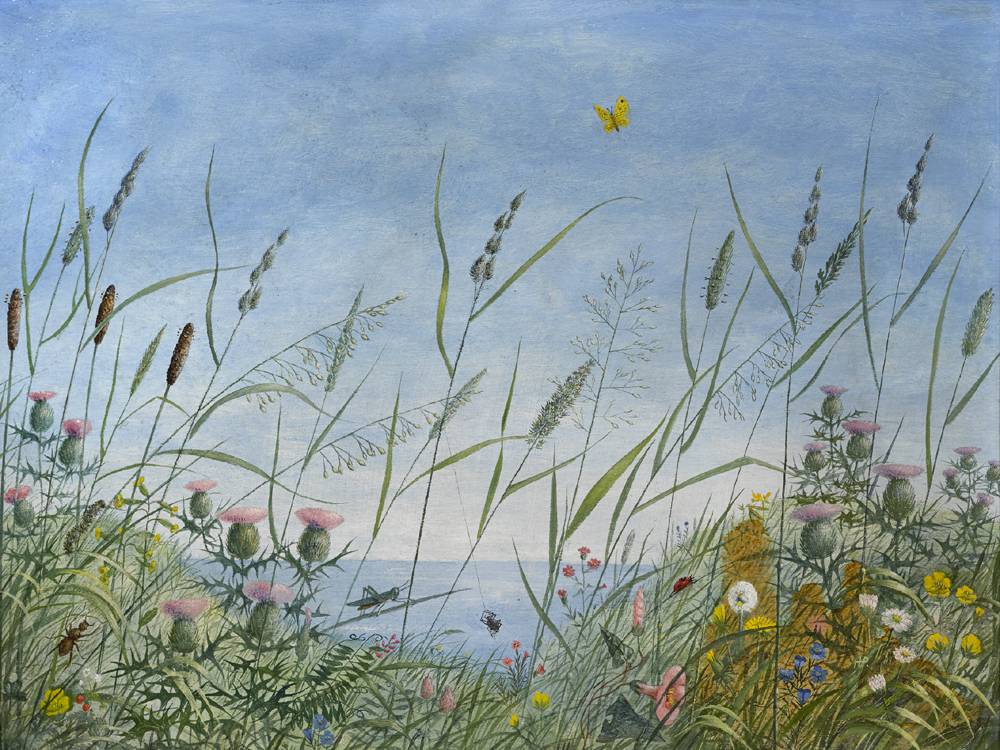
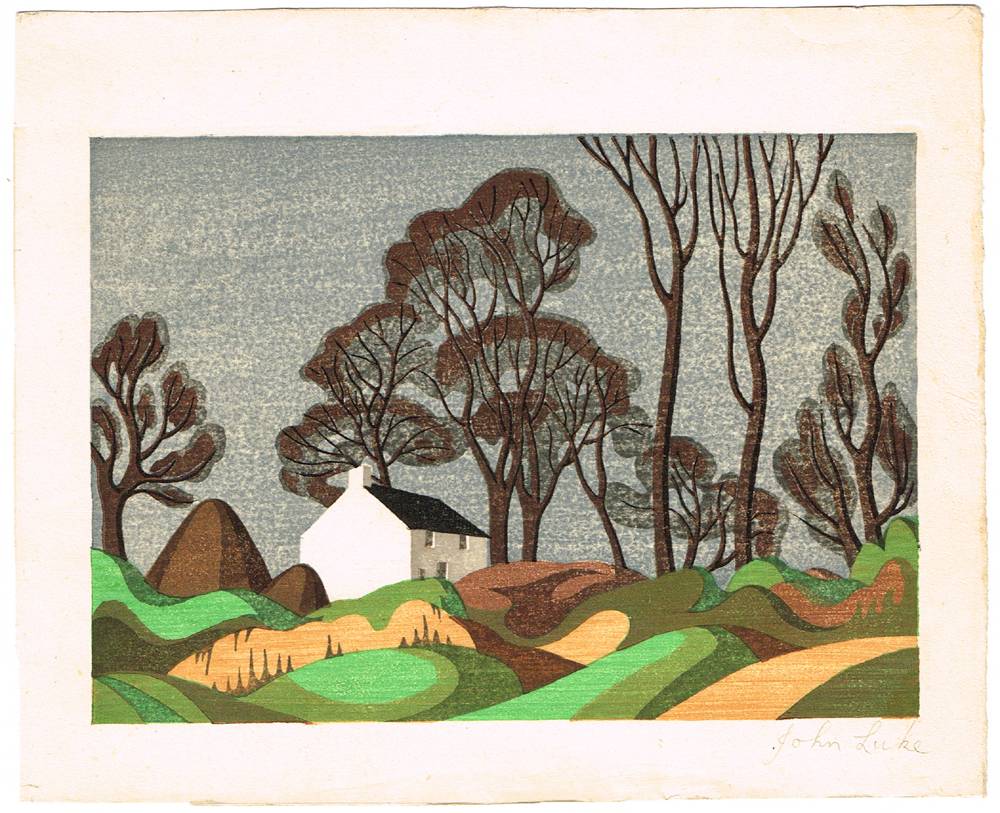
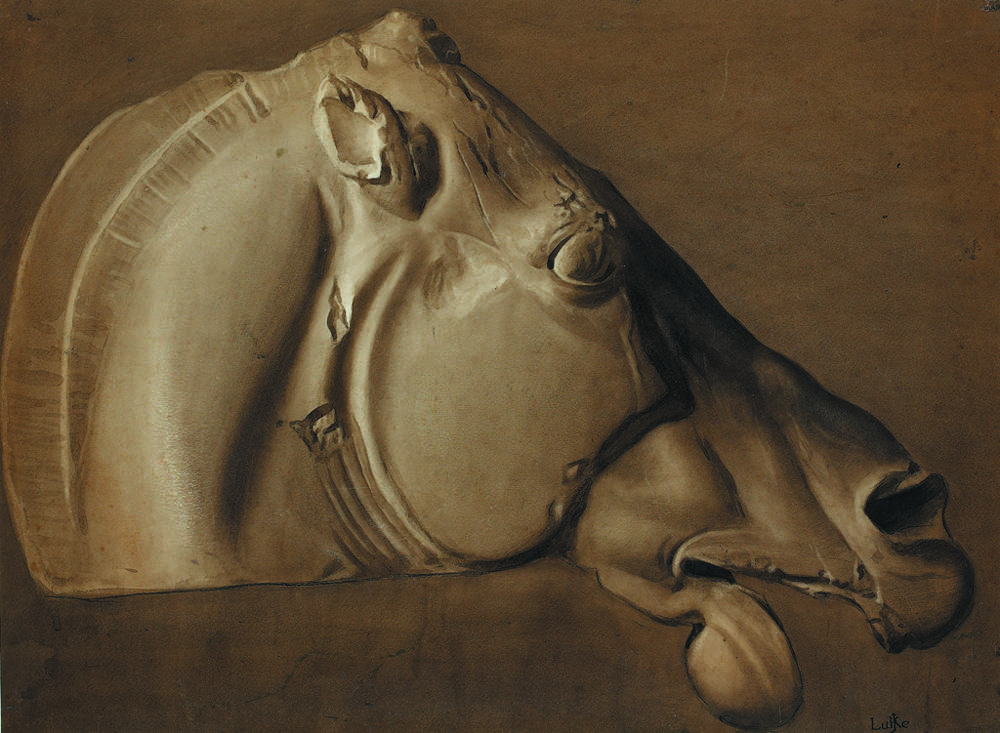
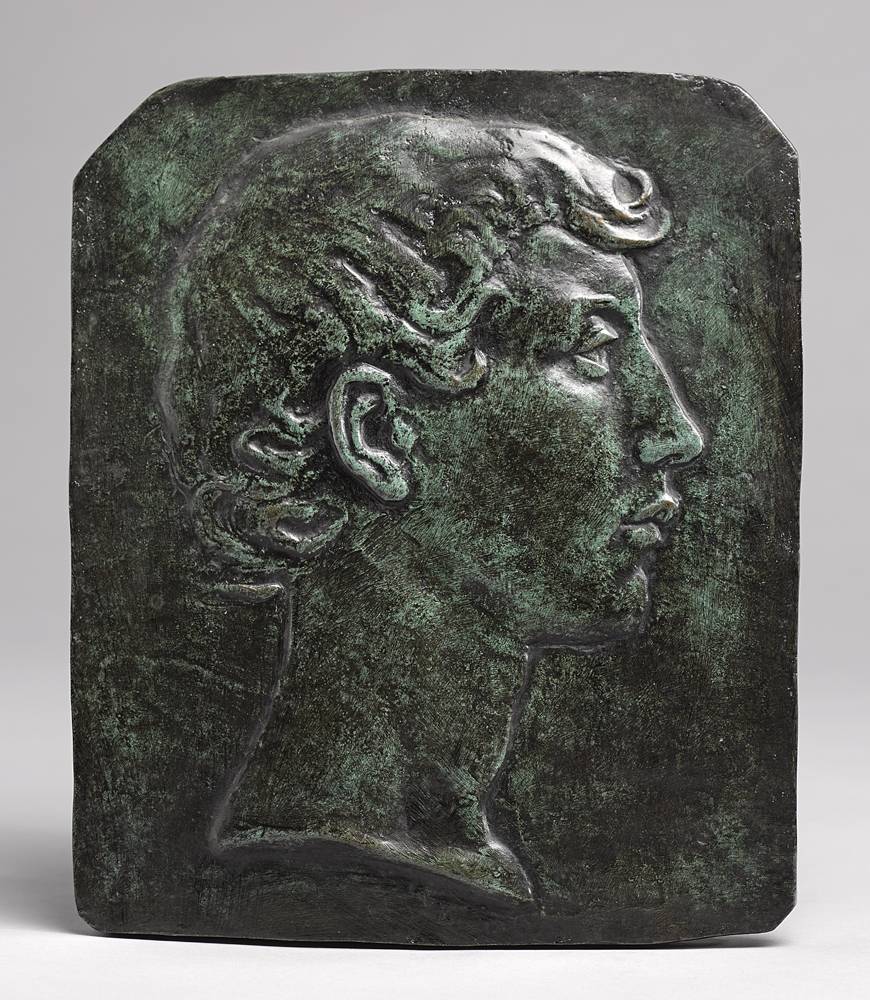
Testen Sie LotSearch und seine Premium-Features 7 Tage - ohne Kosten!
Lassen Sie sich automatisch über neue Objekte in kommenden Auktionen benachrichtigen.
Suchauftrag anlegen